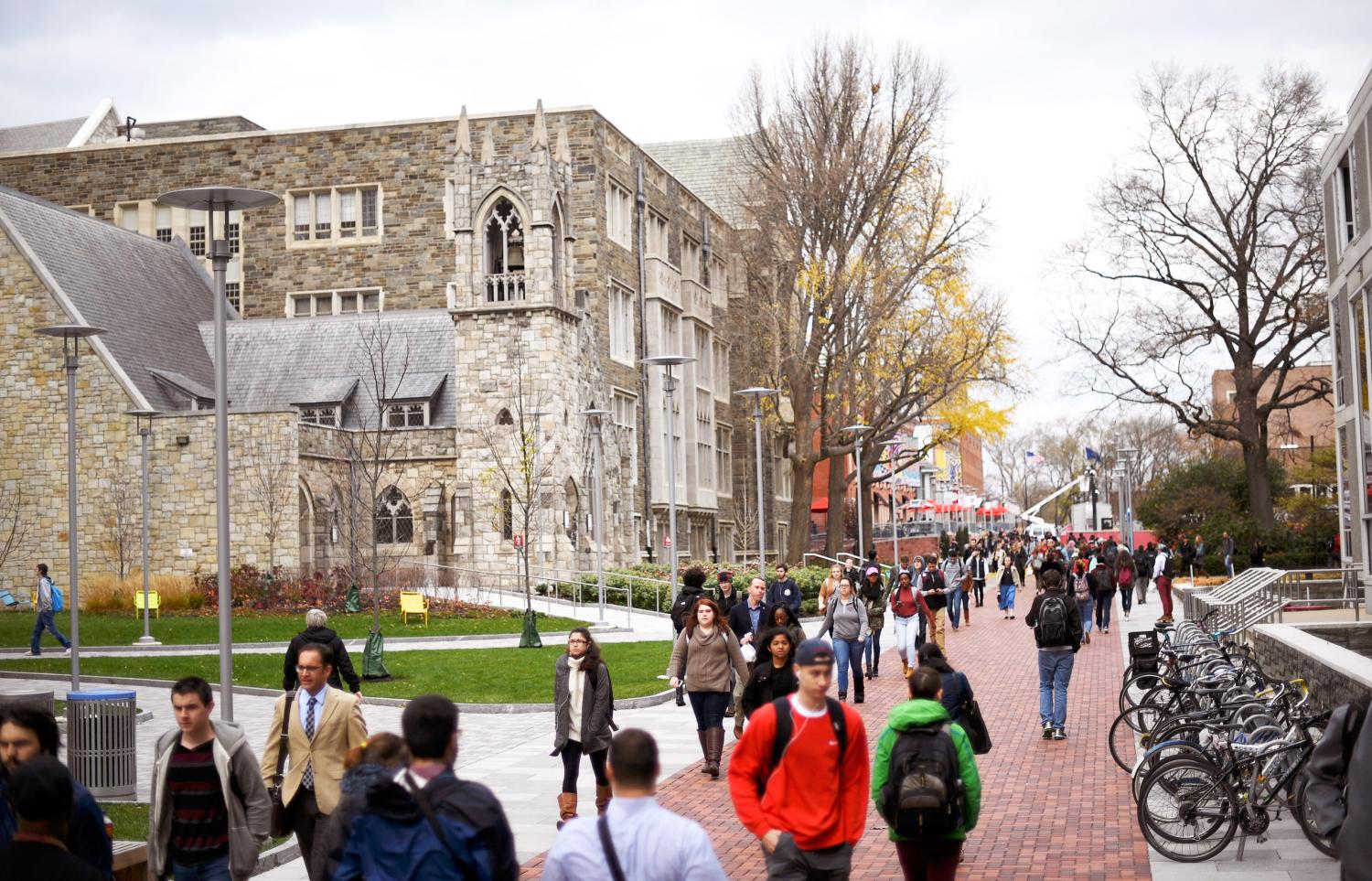Adam Looney presented the following remarks in a 2016 presentation at the Federal Reserve Board, when he was then serving as the Deputy Assistant Secretary for Tax Analysis at the Treasury Department.
Over the past decades, the U.S. has seen a notable increase in the share of student borrowers struggling to repay their student loans, many of whom eventually default on payments—the question is, why?
In a 2016 presentation at the Federal Reserve Board, Brookings Senior Fellow Adam Looney—who was then serving as the Deputy Assistant Secretary for Tax Analysis at the Treasury Department—addresses this question by examining the sources of default and delinquency among student borrowers. You can read the text of Looney’s address here (PDF) and download the presentation materials here (PP). The presentation draws heavily on a paper by Looney and NYU’s Constantine Yannelis published in the Brookings Papers on Economic Activity (BPEA).
Looney’s research suggests that the expansion of credit in the 1980s at low-quality institutions (particularly for-profit colleges) lead to high rates of student loan delinquency. To address this crisis, Congress implemented stricter accountability standards for schools and students, leading to an exodus of low-quality schools from the program—and declines in default rates.
Unfortunately, these standards have eroded, and today’s loan crisis closely mirrors historical experience. More students have been borrowing to attend for-profit schools and community colleges, which tend to have lower completion rates and poorer labor market outcomes. Increased enrollment at for-profit and community colleges has likely contributed to higher default rates.
Unlike the previous crisis, the ongoing credit expansion has allowed a handful of borrowers—including graduate, parent, and independent undergraduate borrowers—to accumulate levels of debt unseen in historical experience. Although these borrowers have historically been a low-risk group, that may be changing. Today’s large-balance borrowers are increasingly borrowing at for-profit graduate schools or to finance undergraduate educations, or are older parents. And they owe a disproportionate share of all student debt. For instance, although only 13 percent of borrowers had balances over $50,000 in 2014, they owed about half of the $1.1 trillion of outstanding student debt that year. The fiscal and economic implications of this increase are unclear, but concerning.
Looney hopes that his work will improve financial aid policies and inform students so they can make better school decisions. “More people should go to college, but they should carefully choose the institutions they attend, how much they spend, and how much they borrow,” he says.
To learn more, read the full address or download the presentation materials.





